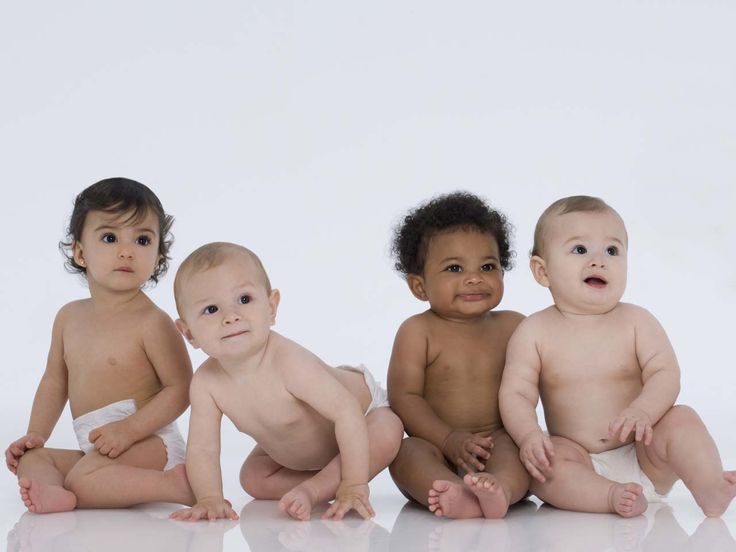Forget the same old routine! The diaper market has exploded beyond standard disposable baby diapers. This blog dives into the exciting world of differentiated diaper options, exploring alternatives like cloth diapers, hybrid diapers, training pants, swim diapers, and eco-friendly diapers. We’ll also touch on innovative features, sizing, absorbency, and materials. Whether you’re a first-time parent overwhelmed by choices or a seasoned pro looking for something new, we’ll help you discover the perfect fit for your baby’s needs and your family’s values.
1. Cloth Diapers: The Reusable Revolution
- What are they? Cloth diapers are reusable diapers made from natural fibers (cotton, hemp, bamboo) or synthetic materials. Unlike disposable diapers that contribute significantly to landfill waste, cloth diapers offer a sustainable alternative with long-term environmental and cost benefits. The initial investment can be higher, but the reusable nature significantly reduces expenses over the diapering period.
- Types:
- Prefolds: Traditional rectangular cloth diapers requiring folding skills and fasteners (pins or Snappis). They are cost-effective and versatile but can be bulky.
- Fitted: Shaped like disposable diapers but made of cloth, requiring a waterproof cover. They offer better containment than prefolds and are easier to use.
- Pocket Diapers: Feature a waterproof outer layer with a pocket for inserting absorbent materials (inserts). They are adjustable for absorbency and easy to customize.
- All-in-Ones (AIOs): The most convenient cloth diaper option, resembling disposables with a waterproof outer layer and absorbent inner layer sewn together. They are easy to use but can take longer to dry.
- All-in-Twos (AI2s): Feature a waterproof shell with a snap-in absorbent insert. These are easy to clean because you only need to change the insert.
- Advantages & Disadvantages:
| Feature | Advantages | Disadvantages |
|---|---|---|
| Environmental | Reduced landfill waste, lower carbon footprint (depending on washing habits), reusable | Water and energy consumption for washing, potential for microplastic shedding during washing (synthetics) |
| Cost | Lower long-term cost compared to disposables, resell value | Higher upfront investment, cost of washing supplies |
| Baby’s Skin | Breathable fabrics, fewer chemicals, can reduce diaper rash | Requires frequent changes, potential for build-up if not washed properly |
| Convenience | Variety of styles to suit different needs, readily available online and in specialty stores | Requires washing and drying, can be bulky, requires learning curve for folding (prefolds) |
2. Hybrid Diapers: Best of Both Worlds?
- What are they? Hybrid diapers aim to bridge the gap between the convenience of disposable diapers and the eco-friendliness of cloth. They consist of a reusable outer shell and disposable or reusable absorbent inserts. This system allows for reduced waste compared to traditional disposables while offering ease of use.
- How they work: The reusable shell, typically made of waterproof material, is used multiple times, while the absorbent insert is changed after each use.
- Advantages & Disadvantages:
| Feature | Advantages | Disadvantages |
|---|---|---|
| Environmental | Less waste than disposables, reduction in petroleum-based materials | Still generates some waste, the lifespan of the shell is limited |
| Convenience | Easier to use than cloth diapers, less laundry, good for travel | Requires purchasing both shells and inserts, inserts may not be as absorbent as disposable diapers |
| Cost | Potentially lower cost than disposables (depending on insert choices), lower upfront cost than cloth diapers | Recurring cost of inserts, shells can be damaged with improper washing |
3. Training Pants: Preparing for Potty Time
- What are they? Training pants are designed to facilitate the transition from diapers to underwear. They offer a degree of absorbency for accidents while allowing the child to feel wetness, which is crucial for potty training success. They come in both disposable and reusable (cloth) varieties.
- Types: Pull-up style training pants resemble underwear and can be pulled up and down, promoting independence. Fitted training pants offer more absorbency and are typically used during naps or nighttime.
- Advantages & Disadvantages:
| Feature | Advantages | Disadvantages |
|---|---|---|
| Independence | Encourage children to dress themselves, promote a sense of control over their bodies | Can be difficult to manage large accidents, may require multiple changes per day |
| Potty Training | Help children recognize the sensation of needing to go, reduce reliance on diapers | Not as absorbent as diapers, may leak |
| Reusability | Cloth training pants are eco-friendly and cost-effective, reduce waste | Requires washing, may not be suitable for all situations (e.g., travel) |
4. Swim Diapers: Poolside Protection
- What are they? Swim diapers are specifically designed to contain solid waste in the water without absorbing large quantities of water, which can weigh the baby down. They are essential for maintaining hygiene in swimming pools and preventing contamination.
- Types: Disposable swim diapers are convenient and readily available, while reusable swim diapers offer an eco-friendly alternative.
- Advantages & Disadvantages:
| Feature | Advantages | Disadvantages |
|---|---|---|
| Hygiene | Prevent fecal contamination of pools, protect other swimmers | Don’t absorb urine, need to be changed immediately after use |
| Convenience | Easy to use and dispose of (disposable), comfortable fit | Can be expensive (disposable), limited reusability (disposable) |
| Environmental | Reusable options reduce waste, durable construction | Disposable options contribute to landfill waste |
5. Eco-Friendly/Biodegradable Diapers: A Greener Choice
- What are they? Eco-friendly or biodegradable diapers aim to reduce the environmental impact of traditional disposables. They are often made with sustainable materials like bamboo fibers, wood pulp, and plant-based plastics, and are designed to decompose more quickly in landfill conditions.
- Key Considerations:
- Materials: Look for diapers made with renewable resources, such as bamboo or sustainably harvested wood pulp.
- Biodegradability: Understand that “biodegradable” does not mean they will break down quickly in a typical landfill. Look for certifications that indicate the diaper has been tested for compostability under specific conditions.
- Chemicals: Eco-friendly diapers often avoid harsh chemicals like chlorine, fragrances, and phthalates, which can irritate sensitive skin.
- Advantages & Disadvantages:
| Feature | Advantages | Disadvantages |
|---|---|---|
| Environmental | Reduced reliance on petroleum-based materials, potentially faster decomposition in landfills | “Biodegradable” claims can be misleading, may still contribute to landfill waste |
| Baby’s Health | Fewer harsh chemicals, gentler on sensitive skin, reduced risk of irritation and allergies | Can be more expensive, may not be as absorbent as traditional disposables |
| Production | Often produced with more sustainable manufacturing processes, lower water consumption | Requires careful disposal to maximize biodegradability, may not be widely available in all areas |
Conclusion:
The world of diapers offers more choices than ever before! By understanding the different types and considering your baby’s needs and your family’s values, you can find the perfect diaper solution. Happy diapering!





